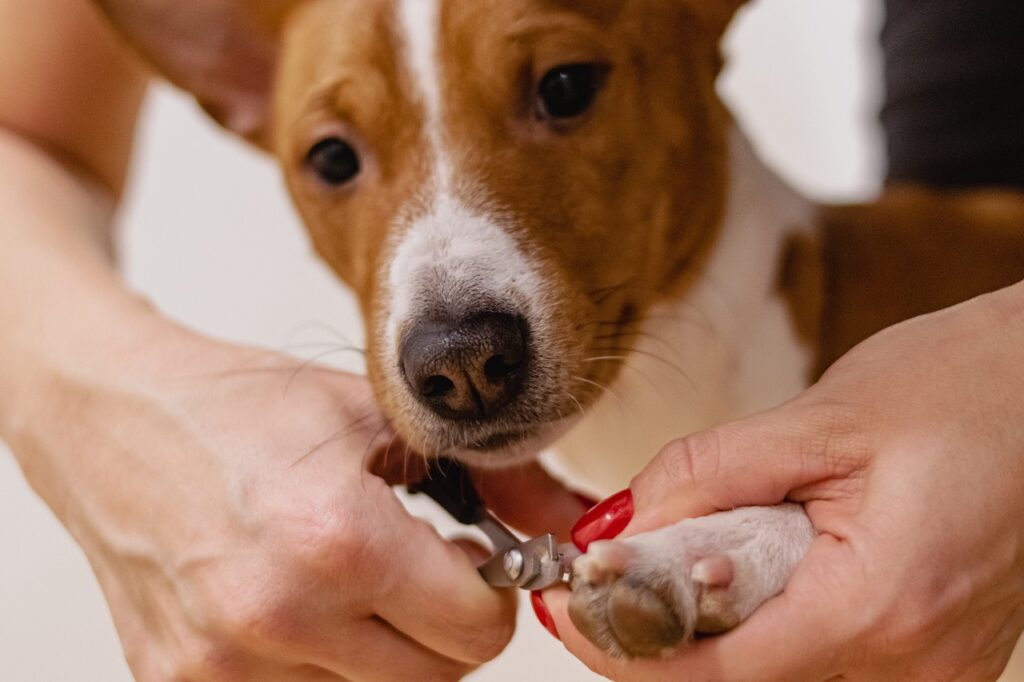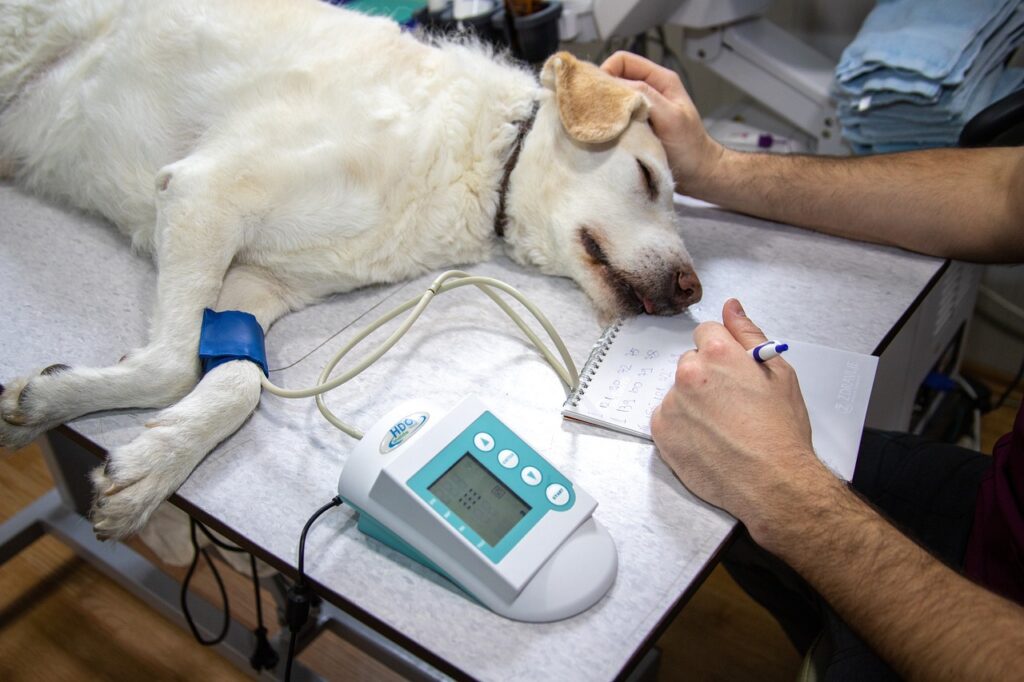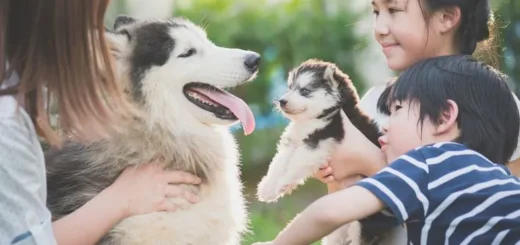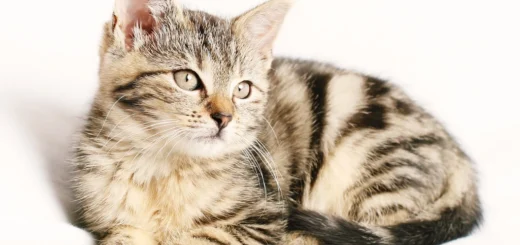Essential Family Pet Care Tips for a Healthy, Happy Pet

When you bring a pet into your family, you’re not just gaining a companion — you’re assuming responsibility for their health, happiness, and well-being. Family pet care isn’t just about feeding and walking; it’s about understanding their needs and creating an environment where they can thrive. No matter how experienced you are with pets or how new you are to them, this guide will provide actionable insights to allow you to provide the best care for your furry friend.
As a result, pets enrich our lives, and in return, we must take the best care of them. Nutrition, exercise, socialization, and mental stimulation are all important for every pet. Taking care of their well-being requires time, energy, and careful planning. Nevertheless, a healthy and happy pet is well worth the effort. This guide covers all aspects of family pet care — from the basics to the advanced.
Why Family Pet Care Matters
Having a pet is one of life’s most rewarding experiences. Still, it comes with the responsibility of ensuring their overall health. Family pet care isn’t just about keeping them comfortable — it’s about giving them a fulfilling, fun, and safe life. Let’s break down some of the core components of pet care that will make your and your pet’s life easier and happier.
Every pet, whether a dog, cat, rabbit, or other type of animal, is an individual with a unique set of needs. Pet care is not a one-size-fits-all model, but offering each pet the best care is possible by understanding their requirements and tailoring the experience to fit them.
1. Proper Nutrition for Your Pet
One of the most fundamental aspects of family pet care is providing the right nutrition. Every pet, from dogs to cats and even smaller animals like guinea pigs or rabbits, has specific dietary requirements. Choosing the right pet food can significantly impact their energy levels, coat quality, and overall health.
Understanding Your Pet’s Nutritional Needs
- Dogs: Dogs require a balance of protein, fats, carbohydrates, vitamins, and minerals. The type and amount of food depend on their age, size, and activity level. Puppies need nutrient-dense food for growth, while older dogs may require food that supports joint health and digestive well-being.
- Cats: Cats are obligate carnivores, meaning their diet should be protein-heavy. Their food should contain a balance of meat, vitamins, and minerals and fewer carbohydrates than a dog’s diet. Wet food is often better for cats, as it helps keep them hydrated.
- Small Pets: Small animals, like guinea pigs, rabbits, and hamsters, have very different dietary needs. They often require fresh vegetables, hay, and pellet-based foods. For example, rabbits need fiber-rich hay to keep their digestive system running smoothly.
Choosing the Right Pet Food
- High-Quality Commercial Foods: Invest in high-quality pet food. Read labels carefully to ensure that they contain the right balance of nutrients. Look for brands that use high-quality meat sources as the first ingredient and avoid fillers like corn or soy.
- Consult with a Veterinarian: If you’re unsure about the best food for your pet, consult your vet. They can help tailor a feeding schedule and diet plan based on your pet’s age, breed, and health condition.
- Avoid Overfeeding: Overfeeding is a common problem, especially with treats. Pets often beg for food, and while it’s tempting to give in, remember that extra calories can lead to obesity. Stick to portion sizes recommended by your vet or the pet food packaging.

Regular Exercise and Playtime
Exercise is essential for your pet’s physical and mental health. Whether it’s a walk for your dog, playtime with a ball, or interactive toys for your cat, ensure you’re giving your pet a chance to move and stay active.
Dogs
- Daily Walks: Most dogs require at least 30 minutes to an hour of exercise daily. Depending on the breed, some dogs may require more exercise than others. For example, Border Collies and Labrador Retrievers need more exercise due to their high energy levels. In contrast, smaller breeds like Chihuahuas might need less.
- Playtime: Dogs love to play! Interactive play, such as fetch or tug-of-war, helps to strengthen your bond and provide mental stimulation. Dogs can also play with toys independently, like puzzles or treat-dispensing balls.
- Dog Parks and Socialization: Dog parks are a great way for your dog to meet new friends. It’s also a fantastic place for them to practice their social skills, learn boundaries, and burn off excess energy.
Cats
- Interactive Toys: Cats need mental stimulation, so toys such as laser pointers, feather wands, or puzzle feeders can keep them engaged and prevent boredom. You can also create DIY toys using string or crinkly paper to make their playtime exciting.
- Climbing and Exploring: Cats are natural climbers, so providing shelves or cat trees where they can climb and jump will help them stay active and happy.
- Play Sessions: Although cats are more independent than dogs, they still need playtime with their owners. Engaging your cat in interactive play provides exercise and strengthens your bond.
Small Animals
- Exercise Wheels: If you own a hamster, gerbil, or guinea pig, an exercise wheel is a great way to keep them active. These small animals have a lot of energy and need daily exercise to stay healthy.
- Safe Exploration: Rabbits, guinea pigs, and other small animals enjoy a bit of supervised outdoor exploration. Setting up a safe space outside allows them to forage and exercise.
Grooming for a Healthy Coat
Grooming is often overlooked in family pet care, but it’s crucial to maintaining your pet’s hygiene and comfort. Regular grooming can also prevent skin issues and reduce shedding in the house.
Brushing
- Dogs: Dogs with longer fur, like Golden Retrievers and Poodles, need regular brushing to prevent tangles. On the other hand, short-haired breeds, like Beagles or Boxers, benefit from brushing once a week to reduce shedding.
- Cats: Long-haired cats, such as Persians and Maine Coons, require frequent brushing to prevent matting. Short-haired cats generally only need brushing every few weeks.
- Small Animals: Rabbits and guinea pigs benefit from regular brushing, especially in areas with dense fur like their underbelly. Keeping them brushed prevents hairballs and matting.
Bathing
- Frequency: Pets don’t need frequent baths unless they get dirty or have skin issues. Bathing too often can strip essential oils from their skin and coat, leading to dryness or irritation.
- Proper Products: Always use pet-specific shampoos and conditioners. Avoid using human products, as they can irritate your pet’s skin.
Nail Trimming
- How Often: Trim your pet’s nails regularly to prevent overgrowth, which can cause pain or injury. For some pets, nail trimming may be a monthly task, while others require more frequent trims.
- The Right Tools: Invest in a good pair of pet nail clippers. If you’re unsure how to trim your pet’s nails, ask your vet or a professional groomer for guidance.
Ear and Teeth Care
- Ear Cleaning: Regularly check your pet’s ears for wax buildup, dirt, or signs of infection. Clean their ears using a vet-approved solution and cotton balls, but avoid using Q-tips, which can damage the ear canal.
- Teeth Brushing: Just like humans, pets can develop dental disease. Brushing their teeth regularly with pet-safe toothpaste can prevent tartar buildup and keep their breath fresh.

Creating a Safe and Stimulating Environment
A safe environment is one of the cornerstones of family pet care. From protecting pets from household dangers to enriching their living space, it’s important to consider their needs.
Pet-Proofing Your Home
- Hazards to Avoid: Many common household items can be dangerous to pets. For example, cleaning chemicals, plants, and certain foods (like chocolate and onions) can be toxic. Keep these items out of reach, and be mindful of your pet’s curiosity.
- Secure Furniture: Some pets, especially cats, love to jump onto high places. Secure any furniture or objects that may be unstable and dangerous if knocked over.
- Toys and Enrichment: Pets need mental stimulation to stay happy. For dogs, interactive toys or treat puzzles can keep their minds engaged. Cats enjoy climbing structures and scratching posts, which allow them to express natural behaviors.
Comfortable Spaces
- Designated Resting Areas: Create a quiet, comfortable place for your pet to rest. Whether it’s a cozy dog bed or a secluded corner with a soft blanket, having a space where they can retreat is essential for their well-being.
- Safety Outdoors: If your pet spends time outside, ensure the area is secure and safe. A fenced-in yard is ideal for dogs, while for small pets, ensure they have a safe, contained space to explore.
Regular Health Checkups
Routine veterinary visits are critical for ensuring your pet stays in good health. Regular checkups help catch potential issues early and keep vaccinations up to date.
Vaccinations and Parasite Prevention
- Routine Vaccines: Regular vaccines protect your pet from various diseases. Please record your pet’s vaccinations and ensure they are updated on schedule.
- Flea, Tick, and Worm Prevention: Flea and ticks are annoying and can cause serious pet diseases. Regular preventive treatments can protect your pet from parasites. Discuss the best options with your veterinarian.
Dental and Joint Health
- Dental Care: Dental hygiene prevents gum disease and other health issues. Look for signs like bad breath or excessive drooling, which may indicate dental problems.
- Joint Health: As pets age, joint health becomes a concern. Consider supplements or special diets designed to support joint function in older pets. Regular exercise also helps maintain healthy joints.

Conclusion
Taking care of a pet is a rewarding yet challenging responsibility. Family pet care involves more than just feeding and grooming — it’s about providing your pet with a healthy, safe, and loving environment where they can thrive. Focused attention on nutrition, exercise, grooming, health, and training is essential not only for survival but also for ensuring that your pet lives a long, happy, and fulfilling life.
Small yet deliberate actions every day can significantly impact the health and happiness of your family pet. Routine veterinary visits, engaging in regular playtime, offering proper nutrition, and ensuring consistent training are all part of the comprehensive care your pet deserves. By fostering a bond of trust, your pet will feel secure and loved, leading to a deeper relationship and a more joyful life together.
Additionally, understanding your pet’s unique needs, quirks, and preferences makes a world of difference in their overall well-being. The effort you put into learning about their specific breed or individual temperament, as well as adapting to any changes in their health, will strengthen the quality of life for both you and your pet.
FAQs
1. How often should I take my pet to the vet? Adult pets should have regular checkups at least once a year. Puppies and kittens may need more frequent visits due to vaccinations, while senior pets might require more frequent health assessments.
2. What’s the best food for my pet? The best food depends on your pet’s breed, age, and specific health concerns. Consult with your veterinarian for recommendations tailored to your pet’s needs.
3. How do I stop my pet from being anxious during grooming? Start grooming your pet gradually, using positive reinforcement with treats and praise. Keep sessions short and increase them as your pet gets more comfortable.
4. Can I use human products on my pet? No, human grooming products can be harmful to pets. Always use pet-specific products for bathing, grooming, and cleaning.

















Recent Comments